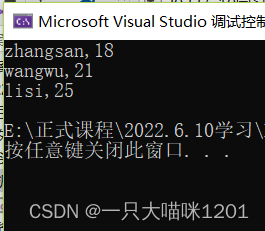当前位置:网站首页>Two schemes of unit test
Two schemes of unit test
2022-07-07 09:00:00 【bboyzqh】
principle
unit testing FIRST The principles are as follows
- Fast (fast): Unit tests should be run quickly , Otherwise, it will cost a lot of development / Deployment time .
- Isolation (isolated): Different test cases are isolated . One test does not rely on another test .
- repeatable (repeatable): Unit tests are repeatable , And when running repeatedly , Unit tests always give the same results ( The system environment is irrelevant ).
- Self verification (self-validating): Unit tests can verify their results , When they all pass , Give a simple “OK” The report , When they fail , You need to output concise details .
- In time (timely): Programmers before the code goes online , They should be written in time , To prevent bug.
Junit+Mockito+H2 database

The overall idea is to serve two parties API、 Configuration data are mock The way , Use a combination of H2 Memory database to initialize data to achieve the purpose of unit testing .
Two party service API use mock The way
To reduce unit test execution time , Need to remove two-party Services api And with mock Object substitution ,api mock The way is usually in Spring At startup mock Inject , namely mock Object replaces the real object . Here you can use Spring Self contained @TestExecutionListeners Annotation to unify mock Second party services api, The execution steps are as follows :

- establish TestContextManager
- Execute each one in turn AbstractTestExecutionListener Example of beforeTestClass Method
- Execute each one in turn AbstractTestExecutionListener Example of prepareTestInstance Method
- Spring Load and parse XML, In this process BeanFactoryPostProcessor
- When executing a test method , Execute each one in turn AbstractTestExecutionListener Example of beforeTestMethod Method
- Perform test methods
- Execute each one in turn AbstractTestExecutionListener Example of afterTestMethod Method
In the above way, press @Mock The objects marked by annotations can be unified mock, Do not load the external environment , Keep the environment isolated 、 The unit test runs fast . The detailed code is as follows :
public class MockitoBeansPostProcessor implements BeanFactoryPostProcessor {
@Override
public void postProcessBeanFactory(ConfigurableListableBeanFactory beanFactory) throws BeansException {
Map<Class<?>, MockitoBeansTestExecutionListener.MockBeanWrapper> allMockBeans = MockitoBeansTestExecutionListener.resolvedAllMockBeans();
for (Map.Entry<Class<?>, MockitoBeansTestExecutionListener.MockBeanWrapper> mockBeanWrapperEntry : allMockBeans.entrySet()) {
beanFactory.registerResolvableDependency(mockBeanWrapperEntry.getKey(), mockBeanWrapperEntry.getValue().getMockObject());
beanFactory.registerSingleton(mockBeanWrapperEntry.getValue().getBeanName(), mockBeanWrapperEntry.getValue().getMockObject());
}
}
}
public class MockitoBeansTestExecutionListener extends DependencyInjectionTestExecutionListener {
private static Map<Class<?>, MockBeanWrapper> mockBeans = new ConcurrentHashMap<>();
private static Map<Class<?>, List<Field>> injectMockBeans = new ConcurrentHashMap<>();
private static boolean hasInitialized = false;
public static Map<Class<?>, MockBeanWrapper> resolvedAllMockBeans() {
Assert.isTrue(hasInitialized);
return Collections.unmodifiableMap(mockBeans);
}
@Override
public void beforeTestClass(TestContext testContext) throws Exception {
Field[] declaredFields = testContext.getTestClass().getDeclaredFields();
// Get the parent class Mock Method
Field[] superClassFields = testContext.getTestClass().getSuperclass().getDeclaredFields();
List<Field> mockFields = Lists.newArrayList(declaredFields);
if (superClassFields.length > 0) {
mockFields.addAll(Lists.newArrayList(superClassFields));
}
// Will need mock The object is created
for (Field field : mockFields) {
Mock mockAnnon = field.getAnnotation(Mock.class);
if (mockAnnon != null) {
field.setAccessible(true);
MockBeanWrapper wrapper = new MockBeanWrapper();
Class<?> type = field.getType();
wrapper.setMockObject(Mockito.mock(type));
wrapper.setBeanType(type);
wrapper.setBeanName(StringUtils.isEmpty(mockAnnon.value()) ? field.getName() : mockAnnon.value());
mockBeans.putIfAbsent(wrapper.getBeanType(), wrapper);
injectMockBeans.compute(testContext.getTestClass(), (targetClass, waitInjectFields) -> {
if (waitInjectFields == null) {
waitInjectFields = new ArrayList<>();
}
waitInjectFields.add(field);
return waitInjectFields;
});
}
}
hasInitialized = true;
}
@Override
public void beforeTestMethod(TestContext testContext) throws Exception {
Object testInstance = testContext.getTestInstance();
List<Field> fields = injectMockBeans.get(testContext.getTestClass());
if (fields != null) {
for (Field field : fields) {
field.setAccessible(true);
field.set(testInstance, mockBeans.get(field.getType()).getMockObject());
}
}
}
@Data
public class MockBeanWrapper {
private String beanName;
private Class<?> beanType;
private Object mockObject;
}
}
// Unit test base class
@RunWith(SpringJUnit4ClassRunner.class)
@ContextConfiguration(locations = {"classpath:promotion/config/application-unittest.xml"})
@TestExecutionListeners({MockitoBeansTestExecutionListener.class,
TransactionalTestExecutionListener.class,
SqlScriptsTestExecutionListener.class})
public abstract class AbstractTest {
@Mock
protected LogisticService logisticService;
@Mock
protected ItemBatchSpecService itemBatchSpecService;
//......
}
H2 Data initialization of memory database
H2 Database is an embedded memory database , Its grammar and MySQL The grammar is very close to , It is very suitable for unit test data preparation scenarios . So we need to achieve The data in the charge of this application directly depends on H2 Database storage , A single use case uses [email protected] Annotations prepare data separately , That is, the responsible method is not applied mock, From the upper layer to the real database call . The detailed configuration is as follows :
<jdbc:embedded-database id="dataSource" type="H2">
<jdbc:script location="classpath:common/common_schema.sql"/>
</jdbc:embedded-database>
<bean id="h2SqlSessionFactory" class="org.mybatis.spring.SqlSessionFactoryBean">
<property name="dataSource" ref="dataSource"/>
<property name="configLocation" value="classpath:common/mybatis-config.xml"/>
<property name="mapperLocations">
<list>
<value>classpath:mapper/brule/Promotion*.xml</value>
</list>
</property>
</bean>
<bean id="mapperScannerConfigurer" class="org.mybatis.spring.mapper.MapperScannerConfigurer">
<property name="basePackage" value="com.yt.smc.dal.flashbuy.mapper,com.yt.smc.dal.brule.mapper"/>
<property name="sqlSessionFactoryBeanName" value="h2SqlSessionFactory"/>
</bean>
Unit test examples
The unit test class only needs to inherit the unit test base class AbstractTest that will do , The sample code is as follows :
public class NoBatchPlaceOrderTest extends AbstractTest {
@Autowired
private TradeService tradeService;
@Sql("classpath:promotion/db/trade/placeorder/nobatch_place_order_01.sql")
@Test
public void testplaceOrderFinishTest1() {
Mockito.when(itemPriceService.skuPrice(any())).thenReturn(getNoBatchSkuPriceMap());
SmcResultData<List<CouponOwnerShareDTO>> smcResultData = new SmcResultData<>();
smcResultData.setData(Lists.newArrayList());
Mockito.when(couponTradeService.shareCouponOwner(any(), any())).thenReturn(smcResultData);
SmcResultData<PaceOrderFinishReDTO> paceOrderFinishResult = new SmcResultData<>();
PaceOrderFinishReDTO paceOrderFinishReDTO = new PaceOrderFinishReDTO();
paceOrderFinishResult.setData(paceOrderFinishReDTO);
Mockito.when(promotionPlaceExecuteService.placeOrderFinishPromotion(any(), any())).thenReturn(paceOrderFinishResult);
Mockito.when(itemSqueryAdapter.listItemByIds(Mockito.any())).thenReturn(getItemDetailList());
PlaceOrderRequestDTO requestDTO = buildPlaceOrderRequest1();
PlaceOrderResponseDTO responseDTO = tradeService.placeOrderFinish(requestDTO);
System.out.println(JSON.toJSONString(responseDTO));
Assert.assertNotNull(responseDTO);
Assert.assertEquals(1, responseDTO.getPromotionPlaceOrderDTOS().size());
Assert.assertEquals(16900, responseDTO.getPromotionPlaceOrderDTOS().get(0).getOrderPrice().longValue());
Assert.assertEquals(1, responseDTO.getPromotionPlaceOrderDTOS().get(0).getPromotionPlaceActivityDTOs().size());
Assert.assertEquals(3000, responseDTO.getPromotionPlaceOrderDTOS().get(0).getPromotionPlaceActivityDTOs().get(0).getActivityCreatePrice().longValue());
}
Spock+Mockito+H2 database
use Spock Their ideas are basically the same Juit Think the same , The difference is in using groovy Language for writing unit tests . Use groovy Conduct unit testing based on behavior driven development (BDD) Thought , During unit testing, use cases need to be mapped to given、when and then, And Junit Compared with this way, it is closer to business expression . First, introduce dependencies as follows ( Pay attention to the matching version , Inconsistent versions may cause unit tests to fail ):
<!--Spock The test framework -->
<dependency>
<groupId>org.spockframework</groupId>
<artifactId>spock-spring</artifactId>
<version>1.3-groovy-2.5</version>
<scope>test</scope>
</dependency>
<dependency>
<groupId>org.codehaus.groovy</groupId>
<artifactId>groovy-all</artifactId>
<version>2.4.4</version>
</dependency>Based on the above mock Idea creation AbstractSpockTest Base class , as follows :
@ContextConfiguration(locations = "classpath:promotion/config/application-unittest.xml")
@TestExecutionListeners([
MockitoBeansTestExecutionListener.class,
TransactionalTestExecutionListener.class,
SqlScriptsTestExecutionListener.class
])
abstract class AbstractSpockTest extends Specification {
@Mock
protected ItemBatchSpecService itemBatchSpecService;
//......
}
Examples of unit tests are as follows :
class UserTaskServiceSpockTest extends AbstractSpockMockTest {
@Autowired
private UserTaskService userTaskService;
@Sql("classpath:db/share/query_share_detail_info.sql")
@Unroll
def " The shared person scans the sharing code details unit test "() {
given:
Mockito.when(activityService.checkActivityById(any(), any())).thenReturn(getCheckReturnResult())
Mockito.when(activityService.checkUser(any(), any(), any())).thenReturn(getCheckReturnResult())
Mockito.when(iSnsUserServiceWrapper.getSnsUserById(any())).thenReturn(getSnsTaoBaoUserDTO())
ShareDetailQueryRequest shareDetailQueryRequest = new ShareDetailQueryRequest(shareCode: shareCode, userId: userId)
expect:
ServiceResult<ScanShareResultVO> result = userTaskService.queryShareDetailInfo(shareDetailQueryRequest)
result.getData().getSelf() == self
result.getData().getSourceUserId() == sourceUserId
where:
shareCode | userId | self | sourceUserId
"da0f4a99c41ff8cc3634830552239c8fb5503076ab" | 3L | false | 5L
"da0f4a99c41ff8cc3634830552239c899e683076ab" | 4L | true | 5L
}
}summary
The principles of the two implementation methods are the same , In terms of style "Spock+Mockito+H2 database " This method has less code 、 Closer to business expression , recommend !
边栏推荐
- UnityShader入门精要个人总结--基础篇(一)
- LeetCode 736. Lisp 语法解析
- MySQL主从延迟的解决方案
- Simulation volume leetcode [general] 1609 Parity tree
- Esp32-ulp coprocessor low power mode RTC GPIO interrupt wake up
- Several common database connection methods
- Greenplum 6.x version change record common manual
- [MySQL] detailed explanation of trigger content of database advanced
- ncs成都新电面试经验
- Tronapi wave field interface - source code without encryption - can be opened twice - interface document attached - package based on thinkphp5 - detailed guidance of the author - July 6, 2022 - Novice
猜你喜欢
随机推荐
How to count the number of project code lines
C语言指针(上篇)
Mock. JS usage details
2022-07-06 Unity核心9——3D动画
Serial port experiment - simple data sending and receiving
JS operation
OpenGL 3D graphics rendering
Platformization, a fulcrum of strong chain complementing chain
Implement custom memory allocator
Greenplum 6.x build_ install
Oracle makes it clear at one time that a field with multiple separators will be split into multiple rows, and then multiple rows and columns. Multiple separators will be split into multiple rows, and
2022-06-30 unity core 8 - model import
Introduction to data fragmentation
使用Typora编辑markdown上传CSDN时图片大小调整麻烦问题
Greenplum 6.x monitoring software setup
Calculation s=1+12+123+1234+12345 C language
selenium自动化集成,八年测试经验软测工程师,一篇文章带你学懂
Goldbach conjecture C language
MySQL master-slave delay solution
如何统计项目代码行数
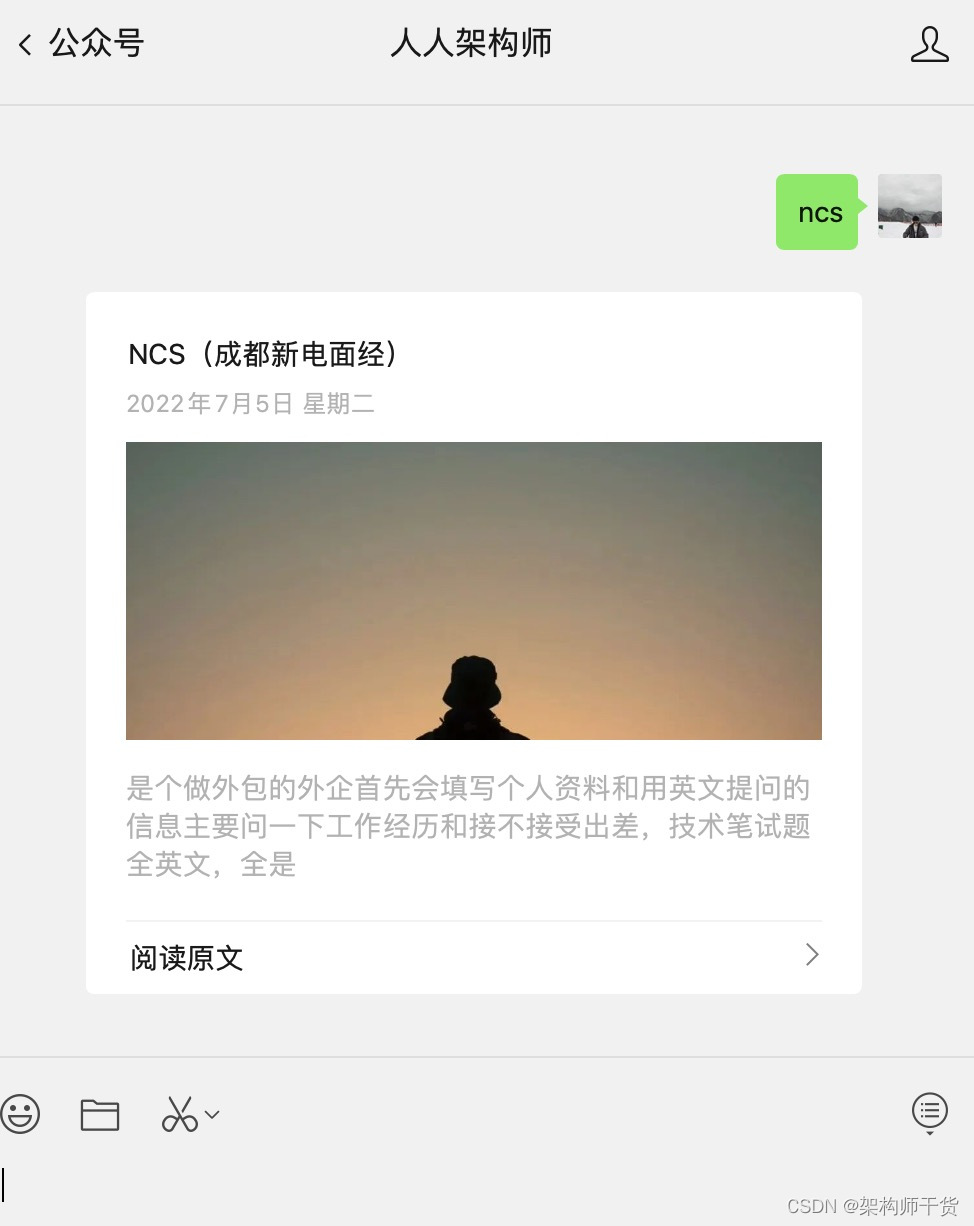

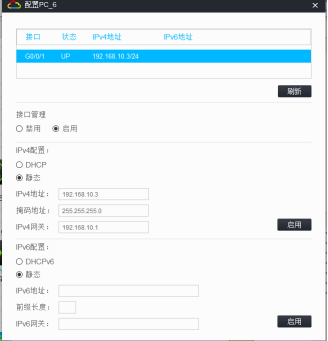
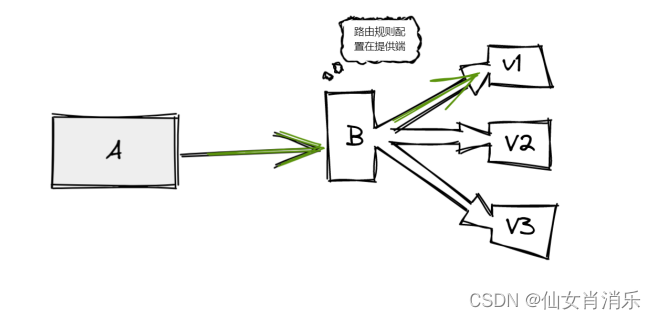
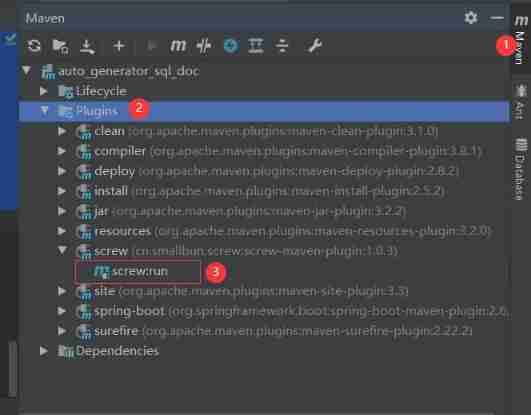
![[istio introduction, architecture, components]](/img/2b/f84e5cdac6ed9b429e053ffc8dbeb0.png)


